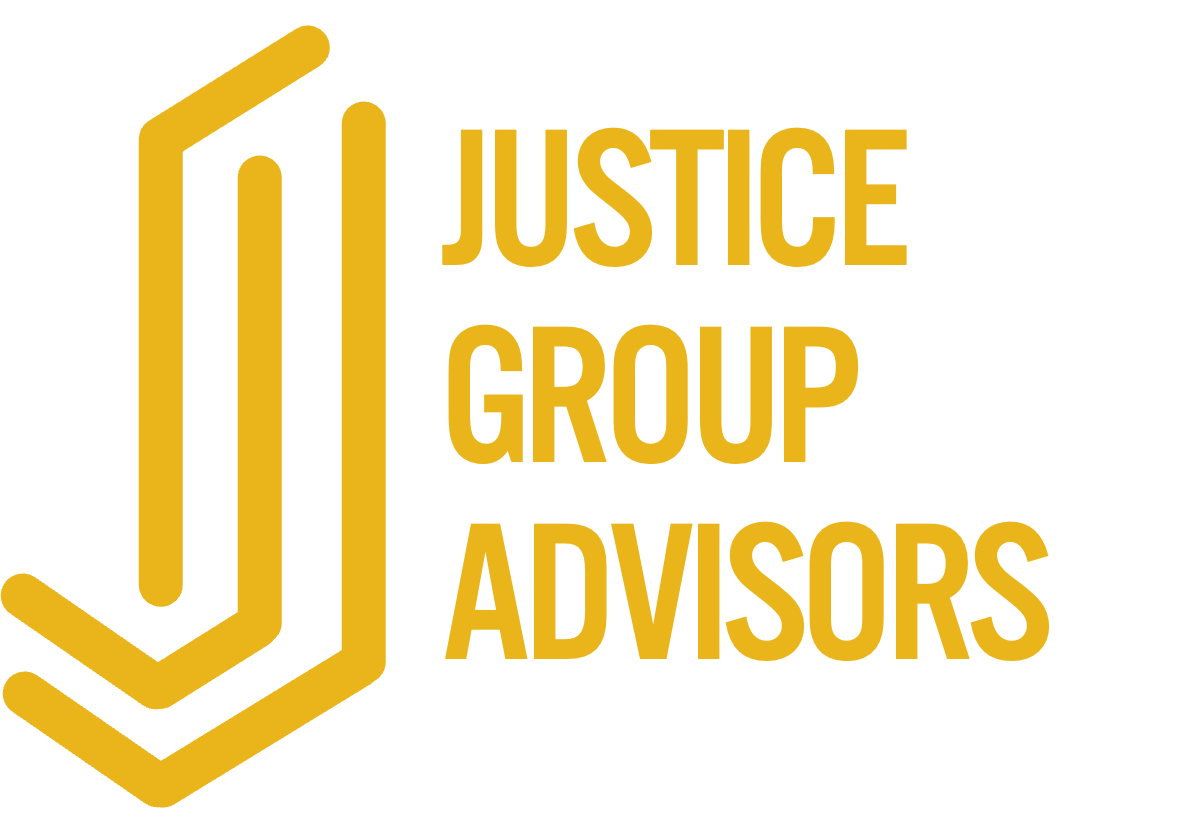How to Leave Without Burning Bridges: Transition Smoothly and Build Supporters
Leaving a job isn’t just about moving on to something new; it’s a chance to reinforce your reputation, strengthen relationships, and set the stage for future opportunities. How you exit matters just as much as how you perform while you’re there. A thoughtful transition not only ensures the success of your team but also leaves behind a network of advocates cheering you on.
Here’s how to plan your exit with clarity, professionalism, and purpose—and why it’s one of the most important moves you’ll make in your career.
Why Leaving Well Matters
Your final impression in a role shapes how people will remember you long after you’re gone. It’s about more than protecting your reputation; it’s about maintaining relationships, opening doors to future opportunities, and leaving behind a legacy of professionalism and integrity.
Think about it: leaders, colleagues, and teams often talk about past coworkers. Wouldn’t you like to be the person they recommend, admire, or even wish they could bring back?
A smooth transition:
Preserves relationships and keeps your network strong.
Protects your personal brand and reputation.
Creates goodwill, making others eager to support your next steps.
5 Steps to Transition Smoothly
1. Timing Is Everything
The timing of your departure can have a significant impact on your team and your reputation. While it’s not always in your control, try to:
Provide sufficient notice—standard is two weeks, but more is often appreciated if you’re in a leadership role or managing critical projects.
Avoid leaving during high-stakes periods, such as product launches, budget planning, or major transitions.
Plan your exit thoughtfully to minimize disruption.
2. Communicate Early and Transparently
When it’s time to share the news, transparency is key. Your first step should always be to inform your manager directly, before word spreads through the grapevine.
Be clear about your reasons. Share your decision thoughtfully without venting frustrations.
Express gratitude. Acknowledge what you’ve learned and the opportunities the role has given you.
Set a positive tone for your departure. Emphasize your commitment to ensuring a smooth transition for the team.
What this sounds like:
“I’ve decided to take the next step in my career by [reason: pursuing a new opportunity, focusing on personal growth, transitioning to a new industry]. I’m incredibly grateful for the chance to work here and for the support I’ve received. I’ll do everything I can to ensure a seamless transition.”
Strategic Silence Matters: While transparency is essential, so is thoughtful timing. Silence—used strategically—can give you a moment to gather your thoughts, manage strong emotions, and respond with clarity and confidence. It’s a powerful leadership tool, especially when navigating delicate conversations like resigning or sharing other big news.
👉 Explore more tips on leveraging Strategic Silence to Elevate Your Executive Presence.
When and How to Tell Your Team
Once you’ve informed your manager and planned your next steps, it’s time to share the news with your team. The key here is to balance clarity with compassion.
Choose the right time. Share the news when there’s enough time for the team to process it and prepare for the transition.
Be direct, but empathetic. Focus on the positive impact of your time together and the steps you’re taking to ensure a smooth handover.
Invite questions and conversation. Give team members a chance to ask questions, express concerns, or reflect on your time together.
What this sounds like:
“I have some new to share with you—I’ve decided to take the next step in my career and will be leaving [company.] My last day is [date.] It was a tough decision because I’ve loved working with this team. Over the next couple weeks, I’ll be working closely with you to ensure a smooth transition. I’m here to answer any questions you have as we prepare for what’s next.”
3. Prepare for a Seamless Handover
A smooth handover shows respect for your team and sets them up for success after you’ve left. It’s one of the clearest ways to demonstrate your professionalism.
Document key responsibilities. Create clear, concise guides for recurring tasks, ongoing projects, and key processes.
Train your successor or team. Offer to help onboard whoever will take on your responsibilities.
Flag potential challenges. Share insights into any risks or issues the team might face and your recommendations for addressing them.
4. Show Gratitude
Take time to thank those who’ve supported you, guided you, and worked alongside you. Genuine gratitude strengthens relationships and leaves people with a positive impression.
Write personal notes to mentors, team members, or key collaborators.
Use your farewell email to highlight specific contributions or moments you’ve appreciated.
Plan a thoughtful farewell meeting to personally thank your team and reinforce positive connections before your departure.
What this sounds like:
“I want to thank each of you for making my time here so rewarding. Your [specific qualities: teamwork, creativity, support] have been invaluable, and I’ll carry what I’ve learned here into the next chapter of my career.”
5. Leave the Door Open
When you approach your departure with intention, you set the foundation for ongoing connections. Express a willingness to stay in touch and collaborate in the future.
Connect on LinkedIn. Ensure your network includes the colleagues, leaders, and collaborators you value most.
Share your contact details. Provide a way for people to reach you professionally.
Leave on a positive note. Even if the role wasn’t a perfect fit, focus on the opportunities it provided and the relationships you built.
Building Cheerleaders for Your Next Adventure
When you leave a role thoughtfully, you don’t just leave behind colleagues—you leave behind advocates. These are the people who will recommend you for opportunities, vouch for your leadership, and celebrate your successes.
The key? Making sure your transition reflects your best qualities: professionalism, gratitude, and a commitment to the team’s success. By focusing on leaving well, you’ll ensure that the people you leave behind aren’t just colleagues—they’re supporters cheering you on.
The Common Pitfalls to Avoid
To leave a lasting positive impression, steer clear of these mistakes:
Burning bridges. Avoid venting frustrations or criticizing the organization or its leadership.
Leaving abruptly. A rushed exit can leave your team scrambling and harm your reputation.
Neglecting relationships. Don’t treat your final days as a “clock-out” period. Show up fully until the end.
Final Thoughts: Leadership in How You Leave
Leadership isn’t just about what you do in your role—it’s also about how you leave it. When you transition thoughtfully, you not only set your team up for success but also reinforce your reputation as someone who brings value wherever you go.
If you’re planning a career move and want to ensure a smooth, strategic transition, let’s talk. I’ve helped countless professionals navigate career changes with clarity and confidence. Whether you’re stepping into a new opportunity or preparing for a major change, I’m here to help you leave on a high note and position yourself for success.
Ready to make your next move with confidence? A 90-Minute Strategy Session is perfect for mapping out an exit strategy and transition plan. Let’s connect.





Most people think coaching is for those who are stuck—but the best leaders know better. Even as a coach myself, I continue to hire coaches to help me grow, gain clarity, and make intentional moves. Here’s why coaching has been one of the smartest investments in my career.